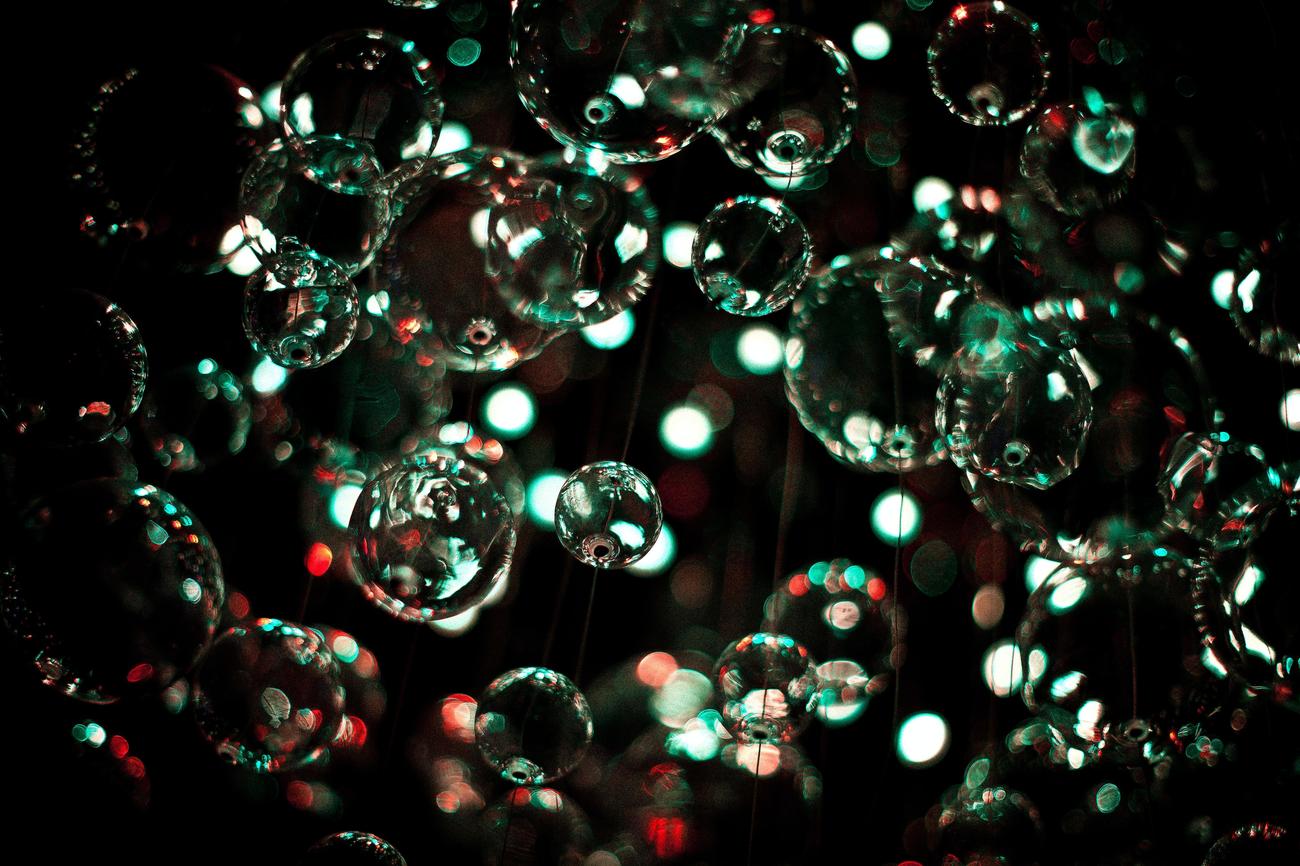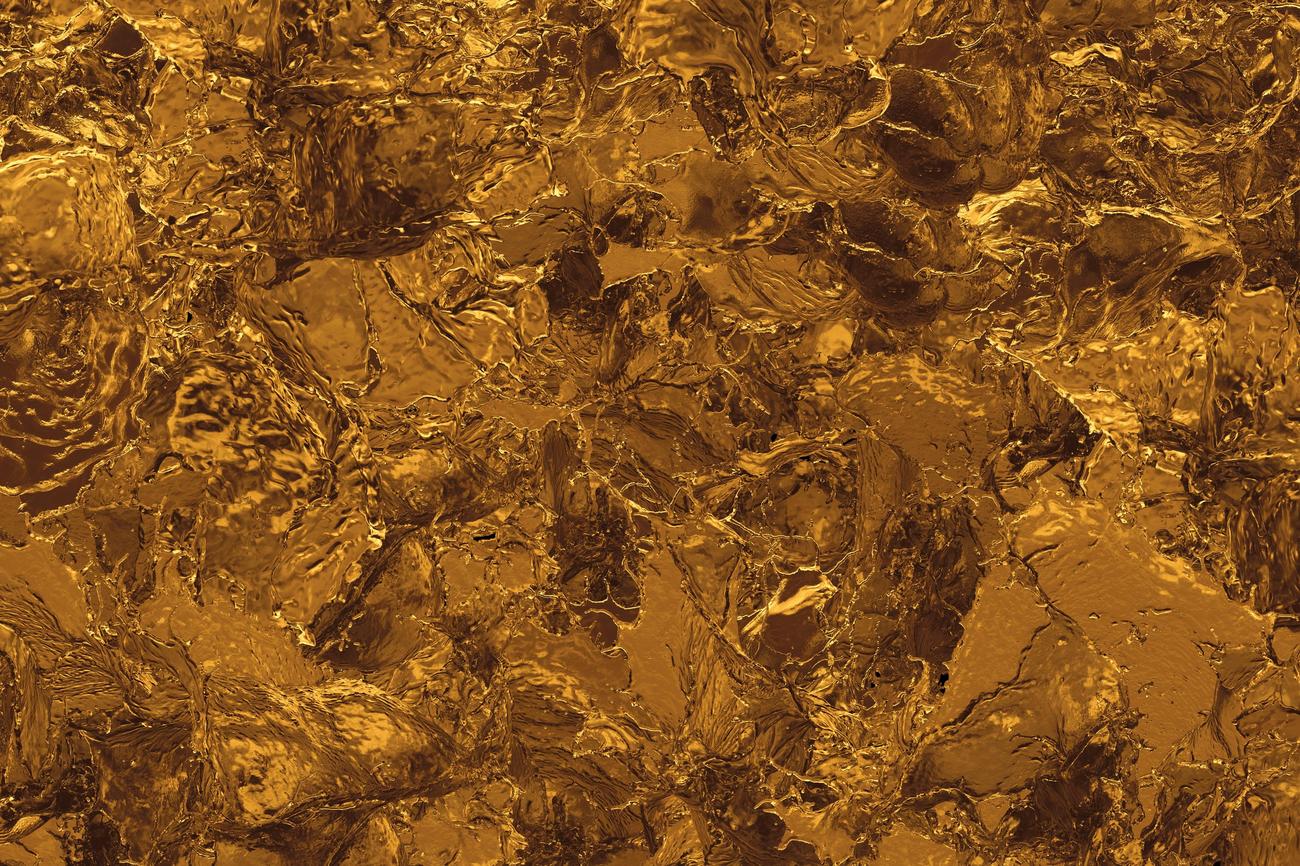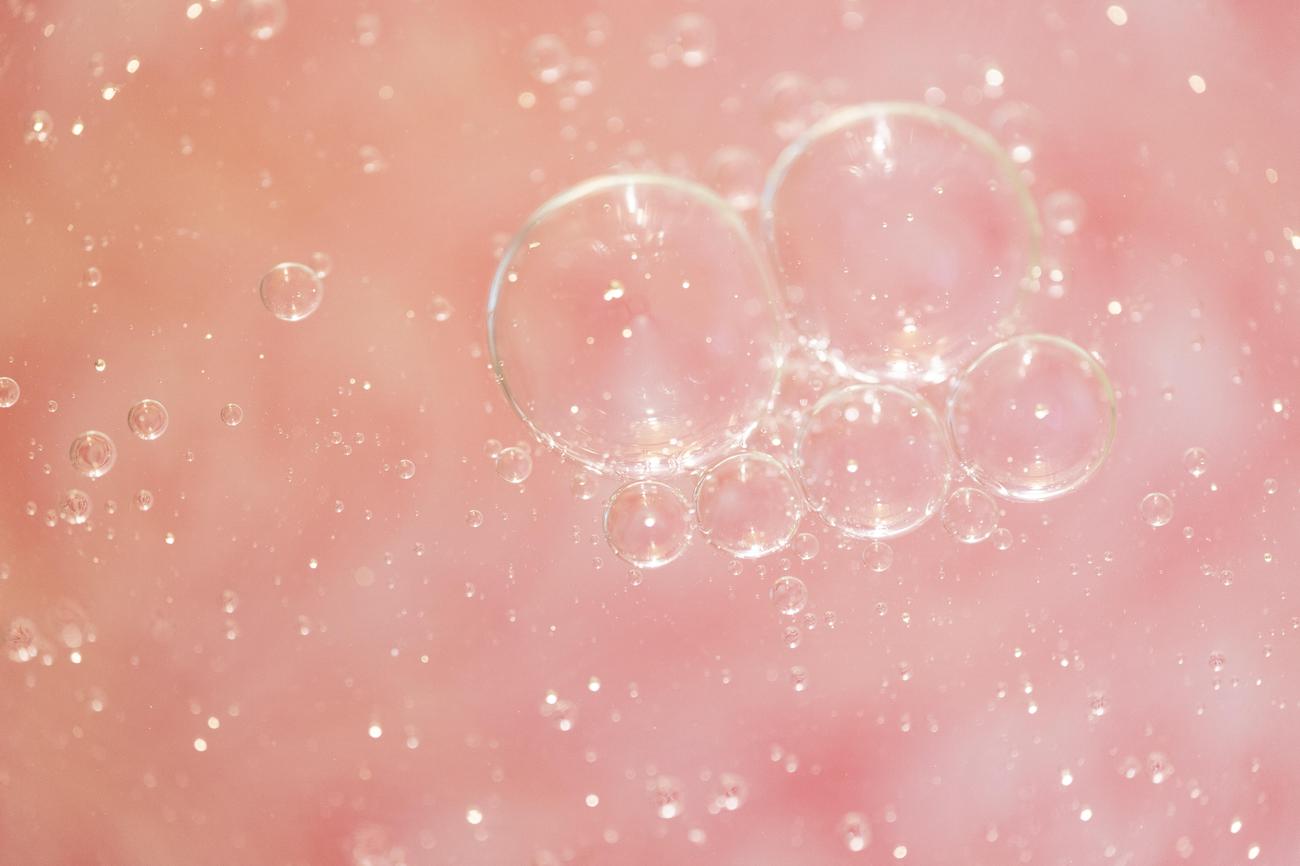Are you worried about the safety of using bubble wrap? Well, fear no more, because expert research has uncovered the truth about whether or not bubble wrap is non-toxic. In today’s article, entitled “Is Bubble Wrap Non-Toxic? Expert Research Reveals Truth,” we will delve into the fascinating world of bubble wrap and shed light on its safety for both humans and the environment. As an experienced environmental researcher with a deep understanding of toxicology and material safety, I have dedicated years of my career to studying the potential health effects of common household materials, including packaging materials like bubble wrap. So, let’s dive in and discover the truth about this fascinating and widely used protective packaging material!

Is Bubble Wrap Non-Toxic?
Bubble wrap has been a popular packaging material for decades due to its excellent cushioning properties. However, concerns have been raised about its impact on the environment and human health. In this article, I will delve into the issue of whether bubble wrap is non-toxic and provide expert research to uncover the truth.
Until 2008, bubble wrap was manufactured using a plastic polymer that is ecologically toxic and takes hundreds of years to disintegrate in landfills. This raised significant concerns about the long-term environmental impact of bubble wrap. Additionally, bubble wrap is made from non-renewable fossil fuels and contributes to greenhouse gas emissions during production. These factors have led to a negative perception of bubble wrap’s environmental footprint.
But what about its toxicity? Is bubble wrap non-toxic? The answer is yes, bubble wrap is indeed non-toxic. The plastic material used in modern bubble wrap is made from polyethylene, which is considered safe for packaging purposes. It does not contain any harmful substances that would pose a risk to human health. When handling bubble wrap, there is no need for protective gear.
While bubble wrap may not be toxic, it does have negative environmental impacts. Its non-biodegradable nature and storage issues make it a less sustainable option compared to alternatives available today. However, it is important to note that bubble wrap provides superior cushioning compared to other packaging materials like corrugated cardboard. Using bubble wrap can actually help reduce the amount of packaging materials needed and save fuel, cutting down on emissions.
Now, if you’re concerned about the environmental impact of bubble wrap, there are eco-friendly alternatives available. Paper wrap, Hexcel wrap, and other biodegradable packaging options offer a more sustainable solution. These alternatives are designed to break down within 90 days, addressing the issue of long-term waste accumulation.
Recycling bubble wrap can be challenging, as most councils and communities do not accept it. However, some specialty recycling centers and online platforms provide options for recycling bubble wrap. If you cannot find a recycling option near you, consider reusing bubble wrap for crafts, insulation, or even as a stress-relief tool.
To sum it up, while bubble wrap is non-toxic, it does have negative environmental impacts. Considering its harmful impact on the environment, it is recommended to explore eco-friendly alternatives. By using sustainable packaging options, we can protect both our health and the planet.
Key Takeaway:
Bubble wrap is non-toxic and safe to handle without protective gear. However, its non-biodegradable and storage issues make it less sustainable compared to eco-friendly alternatives like paper wrap or Hexcel wrap, which break down within 90 days. Recycling bubble wrap can be challenging, but reusing it or exploring specialty recycling centers can help reduce waste.
Have you ever wondered about the fascinating world of bubble wrap? There are so many fun facts about bubble wrap that you may not know! From its accidental invention to its surprising use in stress relief, bubble wrap is more than just a protective packaging material. If you’re curious to learn these intriguing facts and more, click here to dive into the exciting realm of bubble wrap: fun facts about bubble wrap. Get ready to be amazed!
Bubble Wrap Home Insulation: Exploring the Innovative Isobooster Solution
[youtube v=”V8SaWuFuP-0″]
Dutch company PXA Needleland has introduced an innovative product in the realm of home insulation – Isobooster. Comprised of three layers, Isobooster insulation challenges traditional insulation methods by focusing on the physics of heat movement. This article will delve into the characteristics and advantages of Isobooster, as well as discuss its potential drawbacks.
Understanding Heat Transfer and Traditional Insulation
Before we can appreciate the uniqueness of Isobooster insulation, it’s essential to understand the primary modes of heat transfer. Conduction involves the flow of heat through solid materials, with denser materials conducting heat more effectively. Convection, on the other hand, pertains to the flow of heat through liquids or gases. Lastly, radiation refers to the transfer of heat through infrared rays – the dominant form of heat transfer in winter.
Traditional insulation materials like rockwool or glass wool primarily tackle the conductive flow of heat. During winter, these materials absorb interior heat, slowing down its loss to the cooler exterior. Likewise, in summer, traditional insulation materials impede the transfer of heat to the cooler interior. Isobooster insulation, however, addresses heat flow through both conduction and radiation.
Isobooster: Combating Heat Flow through Conduction and Radiation
Isobooster insulation is a multi-layered product that incorporates aluminum foil and bubble wrap. By utilizing multiple layers of aluminum foil, Isobooster effectively addresses the flow of heat through radiation. In summer, it reflects heat to the outside, preventing heat gain, and in winter, it reflects heat back to the interior, reducing heat loss.
Additionally, Isobooster tackles the flow of heat through conduction by using multiple layers of bubble wrap. The low density polyethylene (LDPE) bubble wrap with air cushions acts as an insulation material, slowing down heat transfer through conduction. Available in different thicknesses, ranging from 24mm (1 inch) to 56mm (2.2 inches), Isobooster can be used on walls, HVAC ducts, water pipes, garage doors, and water heaters.
Advantages of Isobooster Insulation
Isobooster insulation offers several advantages that make it an attractive option for homeowners and builders alike. Firstly, its installation process is straightforward and can be cut to size with regular household tools. It can be easily attached to wood surfaces using staples or capped nails, and all seams must be taped for optimum performance.
Moreover, Isobooster has several environmental benefits. It does not release harmful fibers or dust, nor does it cause skin or airway irritation. Importantly, it does not emit toxic fumes, ensuring a safe and healthy indoor environment. Furthermore, Isobooster is eight times lighter than conventional insulation materials, resulting in reduced transportation and labor costs. Its lightweight nature also contributes to lower CO2 emissions.
Another notable advantage of Isobooster is its versatility. It can be used on various surfaces, including walls, floors, basements, ceilings, and roofs, both indoors and outdoors. This flexibility makes it suitable for both renovation projects and new builds.
The Environmental Aspect of Isobooster
One argument against plastic insulation products, such as Isobooster, is their perceived negative impact on the environment. However, it’s crucial to differentiate between single-use plastics and long-term use plastics like Isobooster. Plastic manufacturing processes, particularly those used for LDPE and PET film, boast low CO2 emissions and generate minimal waste or harmful substances. Additionally, Isobooster is 100% recyclable, as it is made from thermoplastic materials that can be melted down and repurposed multiple times.
Moreover, Isobooster’s aluminum deposits account for only one percent of the product, and they dissolve easily during the recycling process. At the end of its life, Isobooster can be converted into various valuable resources, such as car or airplane parts, or even plastic crude oil, which serves as an energy source.
Disadvantages and Considerations
While Isobooster offers numerous advantages, it’s essential to address its limitations and considerations. In terms of thermal resistance, Isobooster’s R-value is on the lower end, comparable to fiberglass. However, considering its ability to reflect radiation rather than conduction, its actual thermal resistance may be more efficient than currently measured.
Another concern is Isobooster’s fire resistance. Although it initially singes when exposed to flame, it does not emit toxic fumes. Nonetheless, it’s important to exercise caution and ensure proper fire safety measures are in place.
From a cost perspective, Isobooster may appear more expensive than materials like rockwool. However, reduced transportation and labor costs, combined with its longer lifespan, make the prices comparable. It’s worth noting that as Isobooster gains popularity and production increases, prices may decrease.
One significant consideration is Isobooster’s vapor barrier properties. With a low perm rating, Isobooster is not breathable and must be used with caution in buildings without mechanical ventilation. Proper venting of cavities may be necessary to allow water vapor to escape in older buildings without HVAC systems. Buildings with airtight designs must strike a balance between effective insulation and proper air circulation to avoid moisture buildup and mold.
Concluding Thoughts
Isobooster insulation presents an innovative solution that combines multiple layers of aluminum foil and bubble wrap to address heat transfer through conduction and radiation. Although it faces challenges related to its fire resistance, initial cost, and vapor barrier nature, Isobooster offers a range of advantages such as simplicity of installation, environmental sustainability, and versatility in its usage. With further advancements and increased market demand, Isobooster has the potential to revolutionize insulation practices and contribute to creating healthier and energy-efficient living spaces.
Note: Some sections of this article have been directly quoted from the source transcript and have been italicized to indicate this.

FAQ
Is bubble wrap non-toxic?
Bubble wrap is made from a plastic polymer that was ecologically toxic before 2008. However, the modern bubble wrap on the market today, which is made using different materials, is generally considered to be non-toxic. The composition of bubble wrap has evolved to be safer over time. It is important to note that although the bubble wrap itself may be non-toxic, the process of manufacturing and disposing of it can have negative environmental impacts.
What are the environmental impacts of bubble wrap?
Bubble wrap has several negative environmental impacts. Firstly, it is made from non-renewable fossil fuels, contributing to greenhouse gas emissions during production. Additionally, it is not biodegradable and can take hundreds of years to disintegrate in landfills. Recycling bubble wrap can also be challenging, as many councils and communities do not accept it. Furthermore, the disposable nature of bubble wrap and its storage issues add to its environmental impact.
Are there alternatives to bubble wrap that are more eco-friendly?
Yes, there are eco-friendly alternatives to bubble wrap available in the market. Some examples include paper wrap, Hexcel wrap, and other biodegradable packaging options. These alternatives are designed to break down within a shorter period of time, usually within 90 days, compared to traditional bubble wrap. By opting for these alternatives, individuals and businesses can reduce their environmental impact and contribute to a more sustainable future.
What are the benefits of using bubble wrap?
Bubble wrap provides superior cushioning compared to other packaging materials like corrugated cardboard. It helps protect fragile items during shipping and reduces the risk of damage. In addition, using bubble wrap can help reduce the amount of packaging materials needed, ultimately saving fuel and cutting down on emissions. However, it is essential to consider the environmental implications of bubble wrap and explore alternatives that are more sustainable.
Is handling bubble wrap safe?
Yes, handling bubble wrap is generally safe and does not require the use of protective gear. The barriers of bubble wrap are non-toxic, and the material itself is not considered harmful to handle. However, it is important to dispose of bubble wrap properly to minimize its environmental impact.
- What is a Bunch of Deer Called? A Complete Guide to Deer Group Names - April 16, 2025
- Is a Bird an Animal?Science Explains Avian Classification - April 16, 2025
- The Peasant St John Gastropub: London’s Hidden Gem - April 16, 2025
















